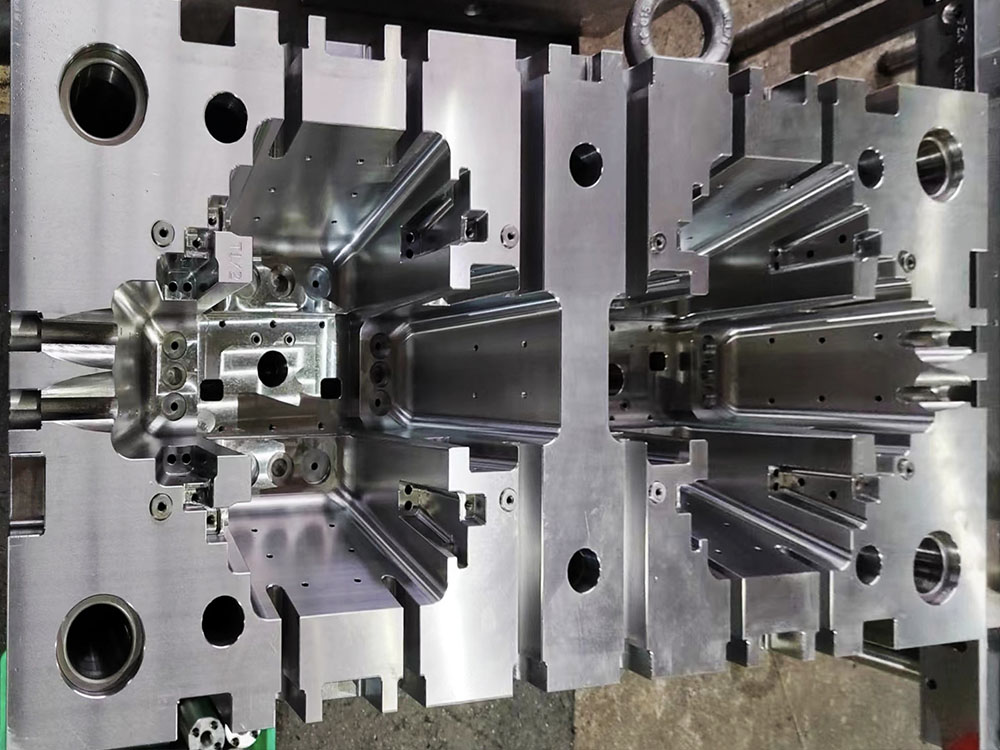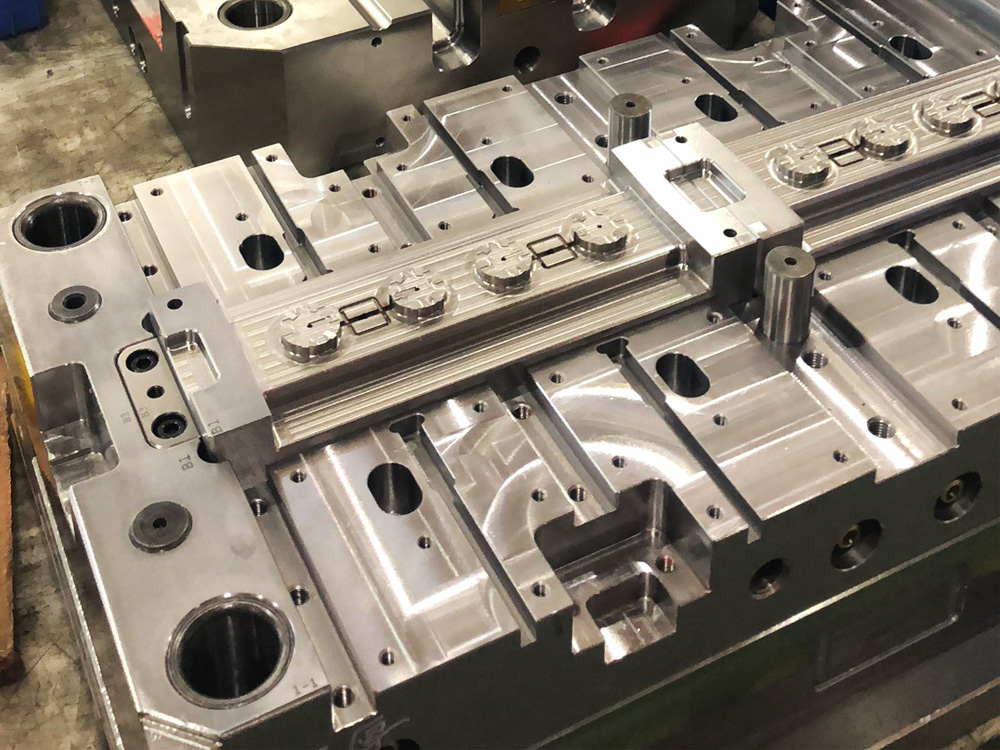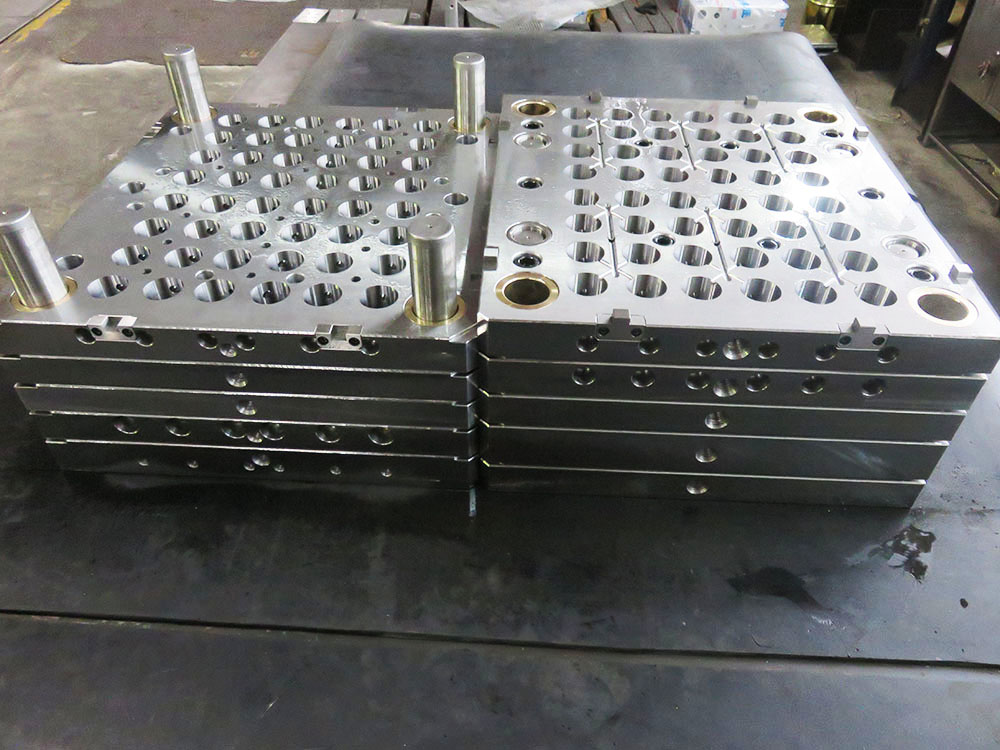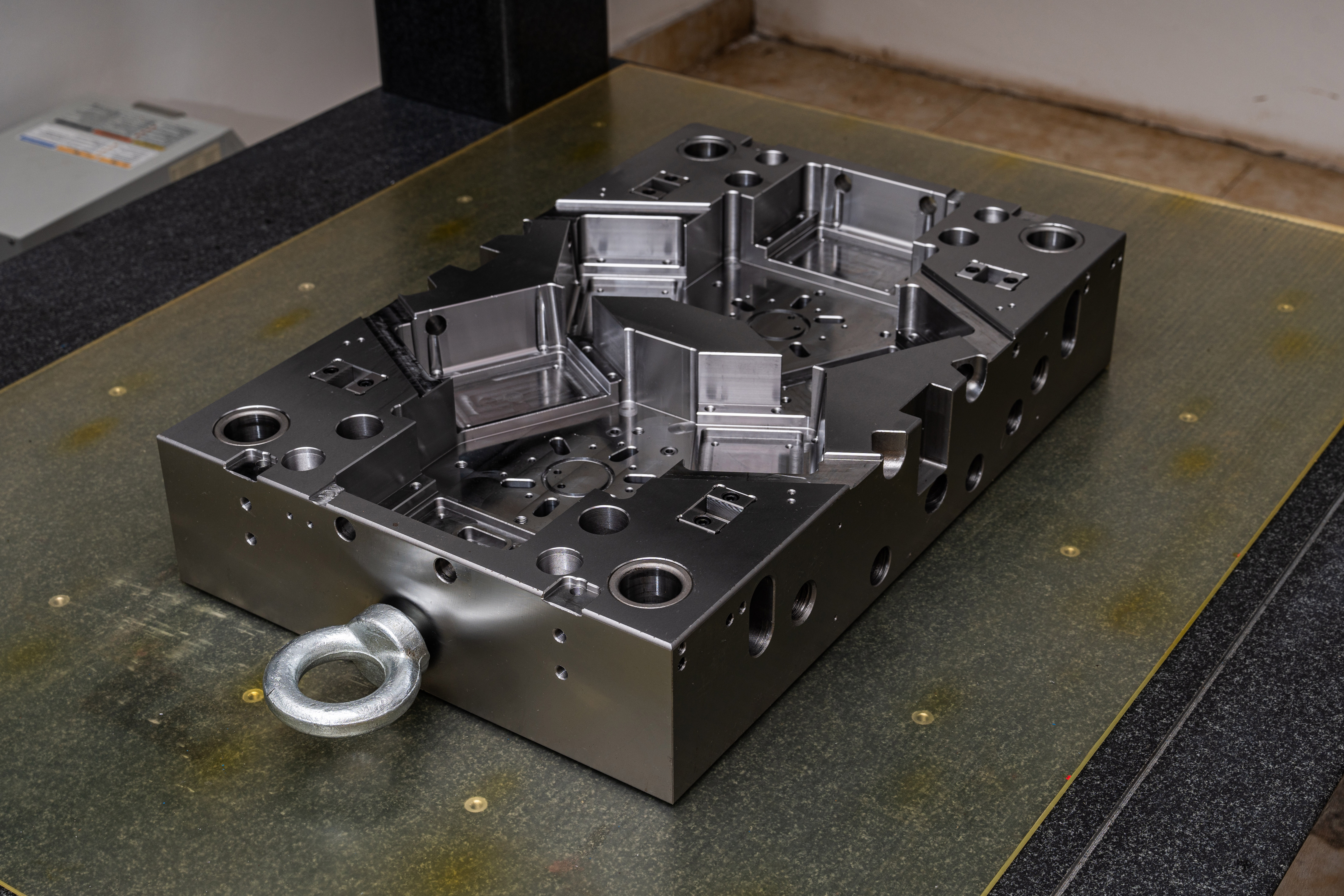Introduction to the Cup Mold Base Industry
The cup mold base is an essential component in the manufacturing process of cups. It serves as the foundation for creating molds that are used for mass production. In this article, we will provide a step-by-step tutorial on how to make a cup mold, focusing on the key aspects and processes involved in the cup mold base industry.
Step 1: Designing the Cup Mold Base
The first step in making a cup mold base is to design it. This involves determining the dimensions, shape, and features of the mold base. The design is usually created using specialized software, considering factors such as material selection, cooling system design, and ease of manufacturing.
Step 2: Material Selection
For cup mold bases, the material selection is crucial as it directly impacts the performance and durability of the mold. Common materials used in the cup mold base industry include stainless steel, aluminum, and alloy steels. The choice of material depends on factors such as the expected production volume, cost considerations, and the specific requirements of the cups being produced.
Step 3: Machining the Mold Base
Once the design and material selection are finalized, the next step is to machine the cup mold base. This involves using various machining techniques such as milling, drilling, and grinding to shape the mold base according to the design specifications. Precision machining is critical to ensure the mold base fits perfectly with other components and provides the desired functionality.
Step 4: Surface Treatment
Surface treatment is an important step in the cup mold base manufacturing process. It helps improve the surface finish, corrosion resistance, and wear resistance of the mold base. Common surface treatment methods used in the industry include polishing, electroplating, and coating. These treatments enhance the mold base's performance, making it more suitable for long-term use.
Step 5: Assembly and Testing
Once the cup mold base is machined and treated, it is ready for assembly. This involves combining the mold base with other components, such as the cavity and core, to create a complete cup mold. The assembly process requires precision and attention to detail to ensure proper alignment and functionality of the mold.
After assembly, the cup mold undergoes rigorous testing to ensure its performance and durability. Testing may involve simulations, such as flow analysis and temperature distribution analysis, as well as physical tests with sample cups to assess quality and functionality.
Step 6: Maintenance and Repair
Maintenance and repair are crucial aspects of the cup mold base industry to ensure the longevity and optimal performance of cup molds. Regular maintenance involves cleaning, lubrication, and inspection of the mold base and its components. Additionally, any damage or wear is identified and repaired promptly to avoid production delays or defects in the cups.
Conclusion
The cup mold base industry plays a significant role in the manufacturing of cups. A well-designed and precisely machined cup mold base is essential for producing high-quality, consistent cups in large volumes. By following the step-by-step tutorial outlined in this article, manufacturers can create cup molds that meet the industry's demands efficiently and effectively.




